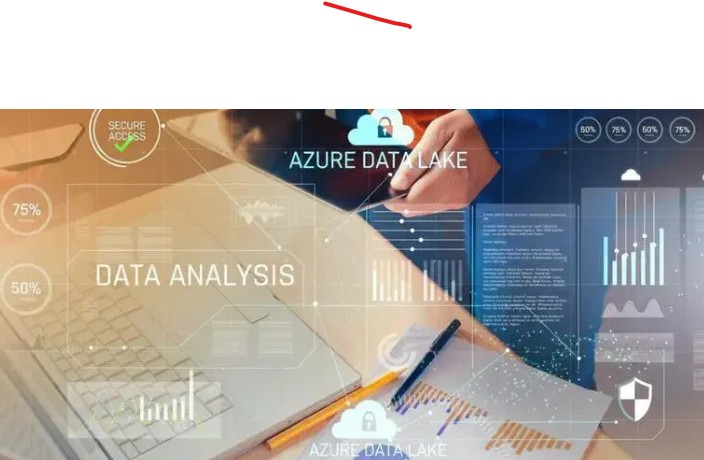In the age of big data, the Azure Data Lake Store Gen2 (ADLS Gen2) stands out as the scalable, high-performance foundation for enterprise analytics. However, storing petabytes of raw, sensitive data demands a security-first approach.
A data lake is not just a storage location; it’s a critical asset that requires a layered defense strategy.
1.Zero-Trust Access Control: Identity is the New Perimeter
The first and most crucial step is defining who can access what data. Azure Data Lake Gen2 leverages Microsoft Entra ID (formerly Azure Active Directory) for authentication and authorization.
- Azure Role-Based Access Control (Azure RBAC): Use RBAC at the resource level (the storage account) to control high-level operations, like managing the account or assigning access roles. This should be used sparingly for administrative tasks.
- Managed Identities: For Azure services like Azure Data Factory, Azure Synapse Analytics, or Azure Databricks, use Managed Identities instead of conventional credentials or secret keys. This eliminates the risk of credential leakage.
2.Network Isolation: Closing the Public Door
Never expose your data lake to the public internet unless absolutely necessary, and even then, with extreme caution. Network isolation is key to reducing the attack surface.
- Private Endpoints: Configure Azure Private Endpoints for your ADLS Gen2 account. This establishes a secure, private connection between your Virtual Network (VNet) and the data lake, leveraging the Microsoft backbone network and bypassing the public internet entirely.
- Virtual Network (VNet) Integration: Limit access to the storage account only from trusted resources within your VNet (e.g., your Azure Data Factory integration runtime or Databricks cluster subnet).
- Explicitly disable public network access on the storage account. If you must allow specific public access (e.g., from an on-premises location), configure the Azure Storage Firewall to only accept traffic from a narrow range of approved IP addresses.
- Data Protection: Encryption and Governance
Security is not just about who gets in; it’s about protecting the data itself, whether it’s sitting still or moving.
Data Encryption
- Encryption at Rest: ADLS Gen2 encrypts all data at rest by default using Azure Storage Service Encryption (SSE). While Microsoft-managed keys are the default, consider using Customer-Managed Keys (CMK) stored in Azure Key Vault for enhanced control over your encryption key lifecycle and rotation.
- Encryption in Transit: Ensure all communication with the data lake uses Transport Layer Security (TLS 1.2 or higher) via HTTPS to protect data as it moves between services.
-
Continuous Monitoring and Auditing
A secure system is not static; it requires constant vigilance.
- Logging: Enable and route Storage Analytics logs to an Azure Log Analytics Workspace or Azure Sentinel. This provides a comprehensive audit trail of every access, modification, and configuration change.
- Azure Monitor and Alerts: Configure Azure Monitor to track key security metrics and set up alerts for suspicious activity, such as:
- Anomalous spikes in data access or deletion.
- Repeated failed authentication attempts.
- Changes to access control lists (ACLs) or network firewall settings.
- Microsoft Defender for Cloud (Storage): Enable threat detection for your storage account. This service can automatically detect and alert you to unusual and potentially harmful attempts to access or exploit the data.
Building a secure Azure Data Lake is an ongoing architectural and operational commitment. By integrating these four layers—strong identity management, strict network isolation, comprehensive data protection, and continuous monitoring—you can transform your data lake into a trusted, compliant, and powerful foundation for all your big data analytics initiatives.
Establishing a secure Azure Data Lake is a continuous undertaking, both in terms of architecture and operations. By combining strong identity management, network isolation, data protection, and monitoring, you will turn your data lake into a trusted, compliant, and useful foundation for all of your big data analytics projects.
Launch Your Tech Career!
Enroll today, master the skills, and get placed in top MNCs.
Book Your Seat NOW: 9503397273 | 9890647273



